The story of the country
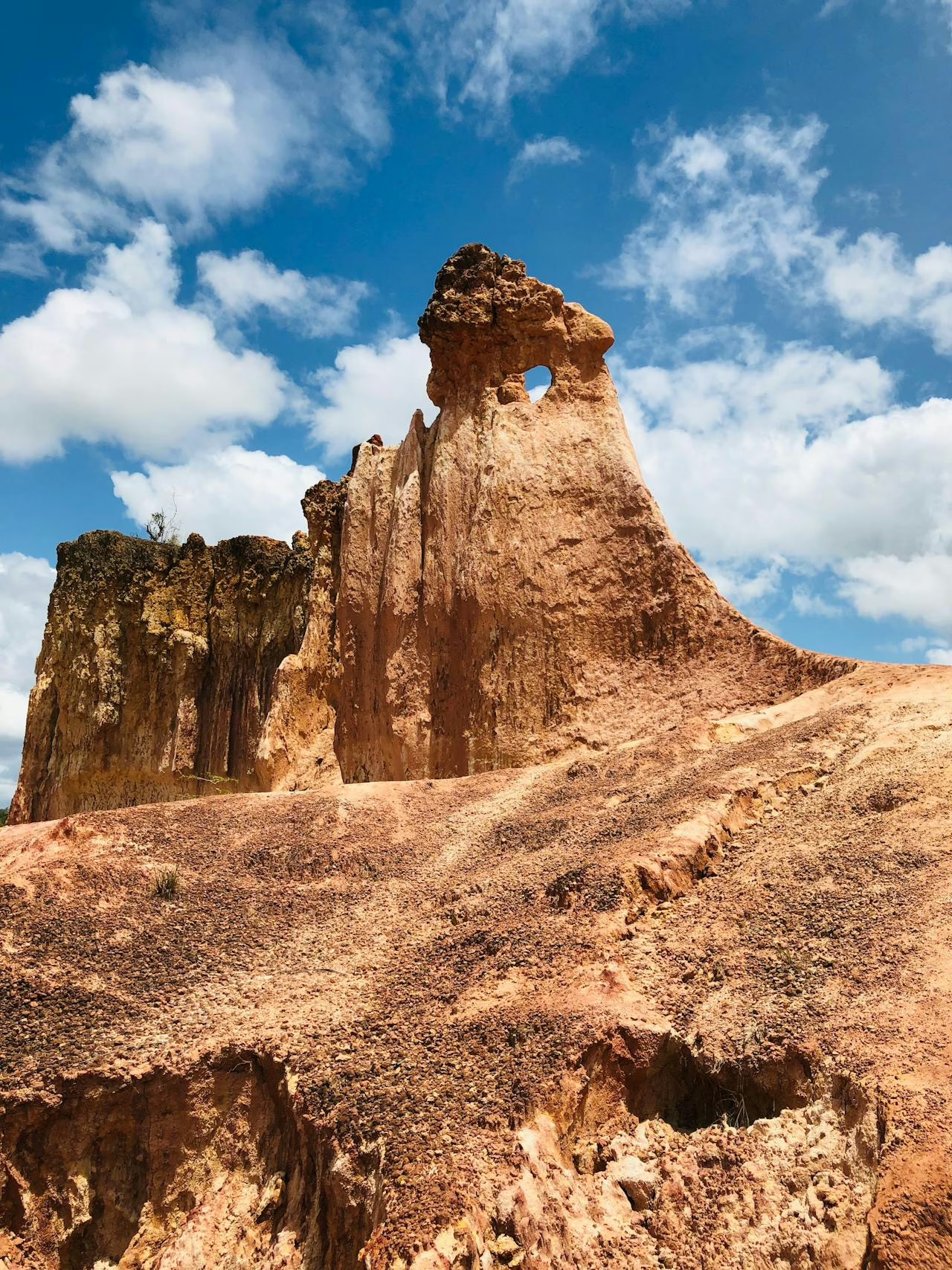
A geological formation that tells the story of time
Marafa Hell’s Kitchen is a geological marvel that was created by centuries of erosion. Winds and waters have worn away the softer rock layers, creating dramatic cliffs, deep canyons and unique rock formations. Each layer of rock here tells the story of thousands of years of natural processes and changes that have shaped the landscape into what it is today.
The special color shades of red, orange, yellow and brown were created by the oxidation of minerals such as iron and manganese. These colors, changing with the time of day and light conditions, give the landscape an unforgettable visual impression. Each visit thus brings a new perspective on this natural gallery, which amazes with its diversity.
A walk through this landscape offers a glimpse into our planet’s past and an encounter with the forces that have shaped it. Visitors feel as if they are on the border of two worlds – between the geological history hidden in the rocks and the present moment. Marafa Hell’s Kitchen thus provides a unique experience that remains deep in the memory.
Cultural and historical significance
Marafa Hell’s Kitchen is not only a geological wonder, but also a place of deep cultural significance. Legend tells of a wealthy family that used precious milk instead of water, which angered the god and led to the creation of a chasm that swallowed the family. This story, passed down by the local community, adds to the mystique of the place and attracts nature lovers and those interested in local traditions.
With Blackie Tours you can not only admire the fascinating geological formations, but also discover the historical and cultural heritage of the area. Legends and stories will explain why Marafa Hell’s Kitchen is so important to the locals and how this landscape has influenced the lives of people in the past.
Marafa Hell’s Kitchen is a link between nature and culture, where geology and history complement each other. It offers an unforgettable experience where you admire the beauty of the landscape while touching the history and traditions of Kenya
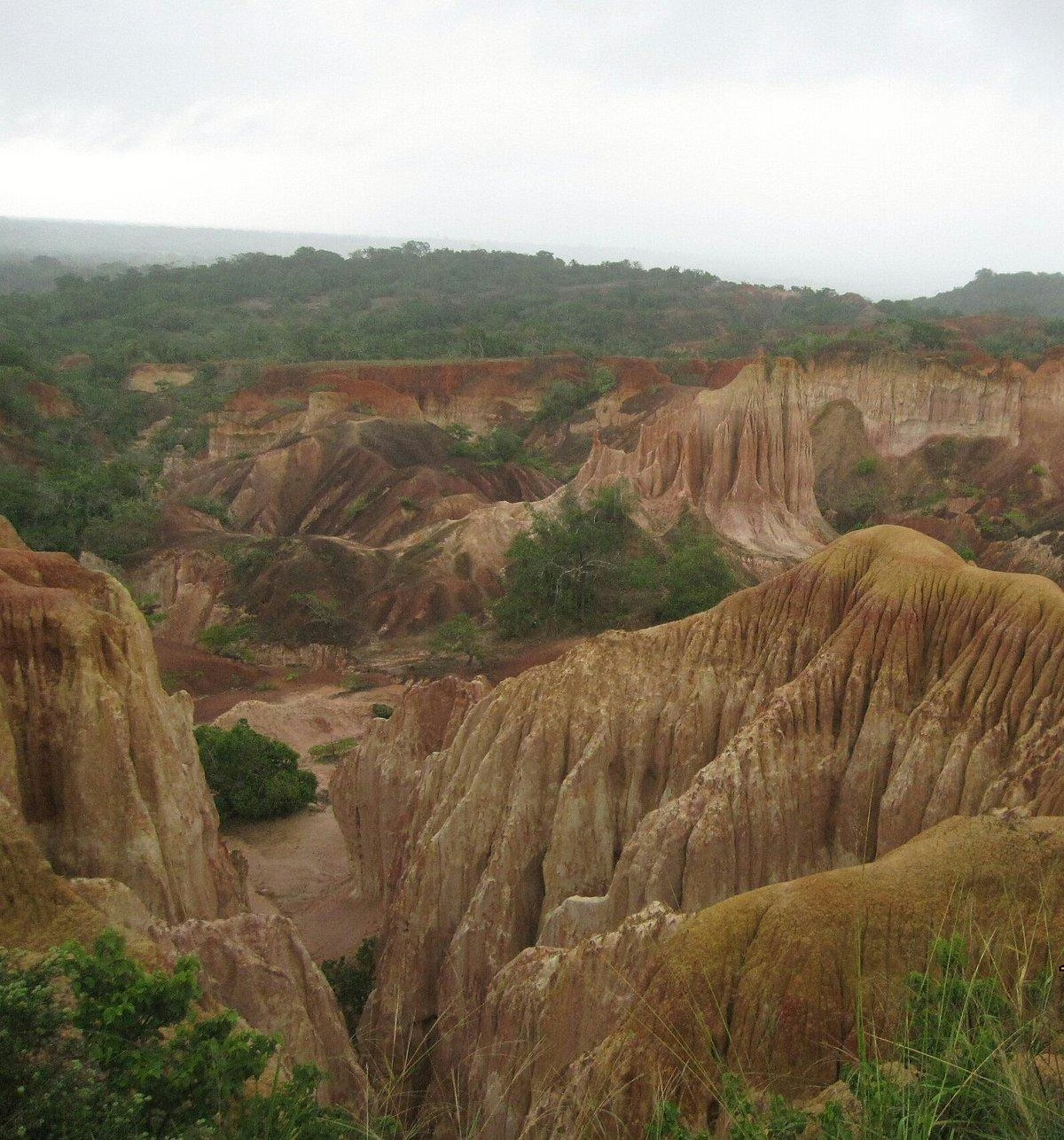
Local fauna and flora
Marafa Hell’s Kitchen is not only a geological wonder, but also a place where a unique flora and fauna adapted to extreme conditions have evolved. Low rainfall and high temperatures have created an environment in which plants with deep roots, such as acacia, or those that store water, such as baobabs and succulents, survive.
Animals are dominated by reptiles, such as lizards and snakes, which hide among the rocks, while birds, such as bee-eaters and owls, hunt small insects and reptiles. Mammals are rare, but antelope or hyenas can occasionally be spotted. Insects complete the ecosystem and serve as food for other animals.
This landscape is an example of natural balance, where fauna and flora have adapted perfectly to the harsh conditions. Marafa Hell’s Kitchen is thus not only a geological but also an ecological gem that shows the power of nature to survive in an inhospitable environment.
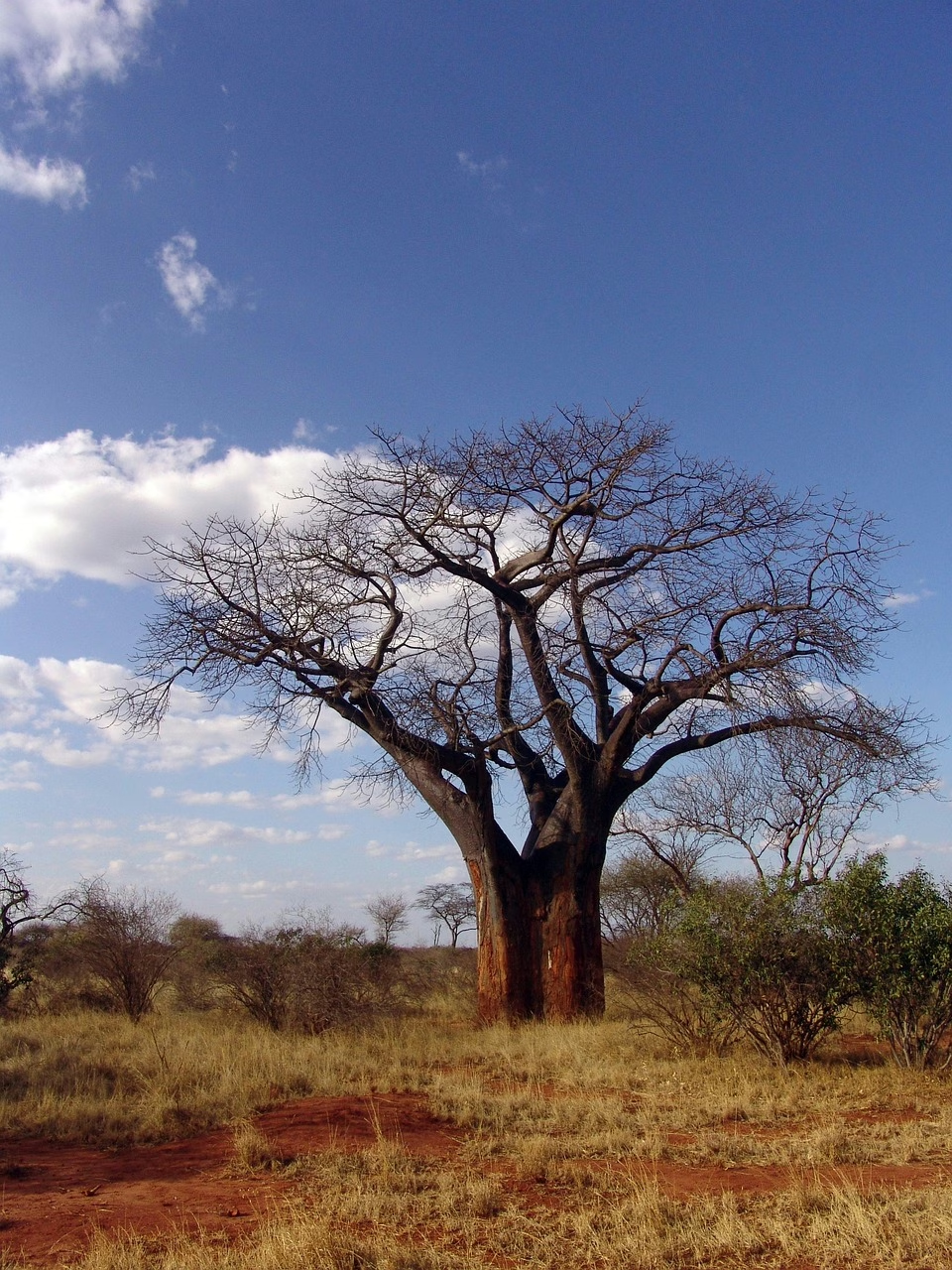
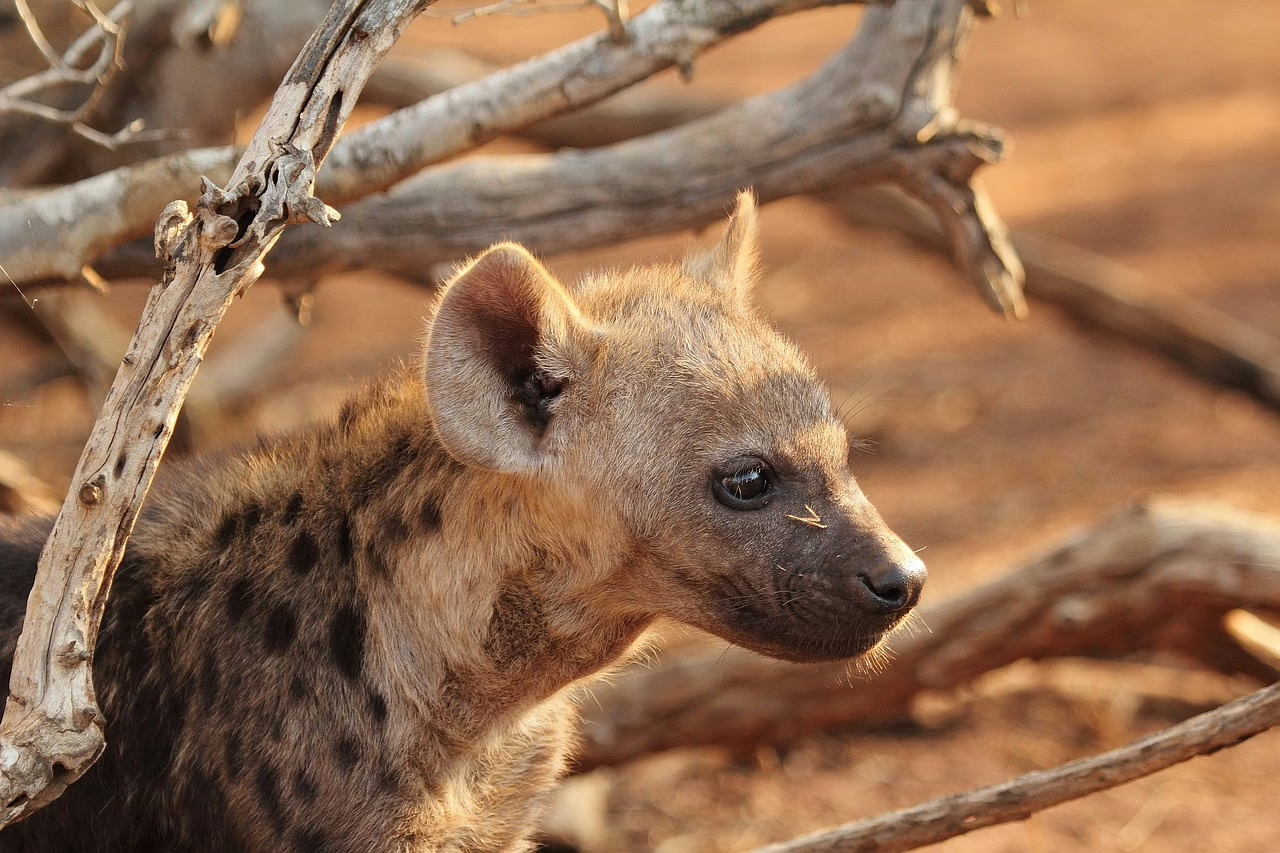
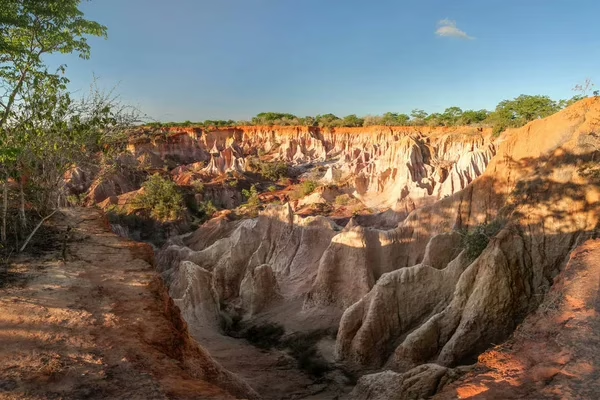
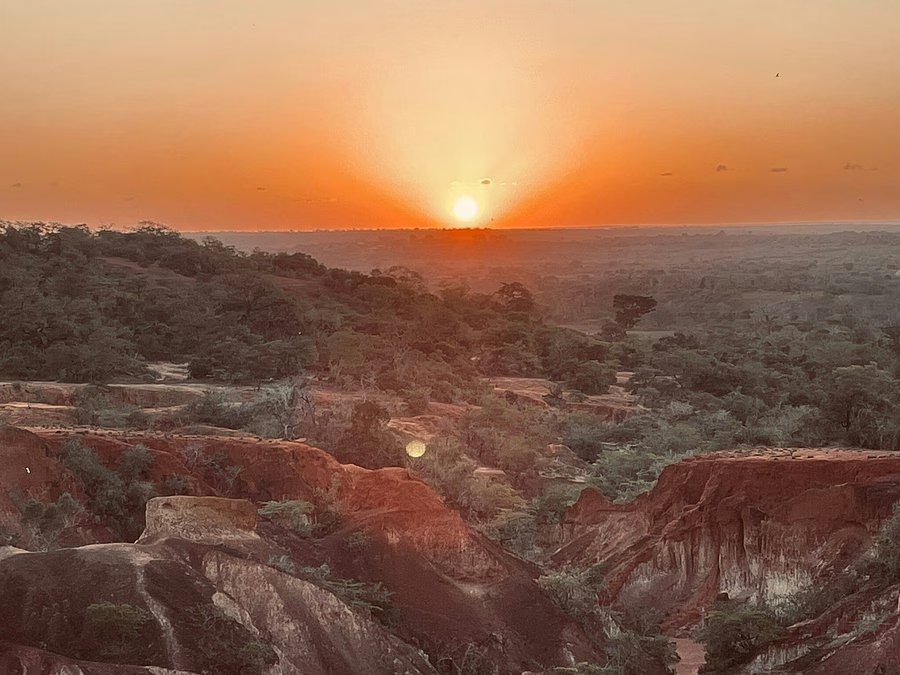
Practical information for visitors
Marafa Hell’s Kitchen is open to the public and is accessible for a fee. Admission for non-residents is Ksh 500 for adults, while the price is lower for locals. Children under the age of 18 are entitled to reduced admission. If you are interested in exploring this geological marvel in more detail, you can hire us, the price will include transport, entrance fees but also a guide who will provide valuable information not only about the geological formations but also the cultural and historical significance of this fascinating place.
Marafa Hell’s Kitchen is an ideal place for hiking and exploring the natural beauty. However, when exploring the landscape, we recommend following safety guidelines and staying on the marked trails to ensure your safety. Basic tourist services are available on site, including toilets and information kiosks to help you find your way around and get more information about the area.
For visitors looking for a unique experience and to learn more about the history and geology of the site, the guides are a great way to further enjoy your visit and deepen your understanding of this natural wonder.
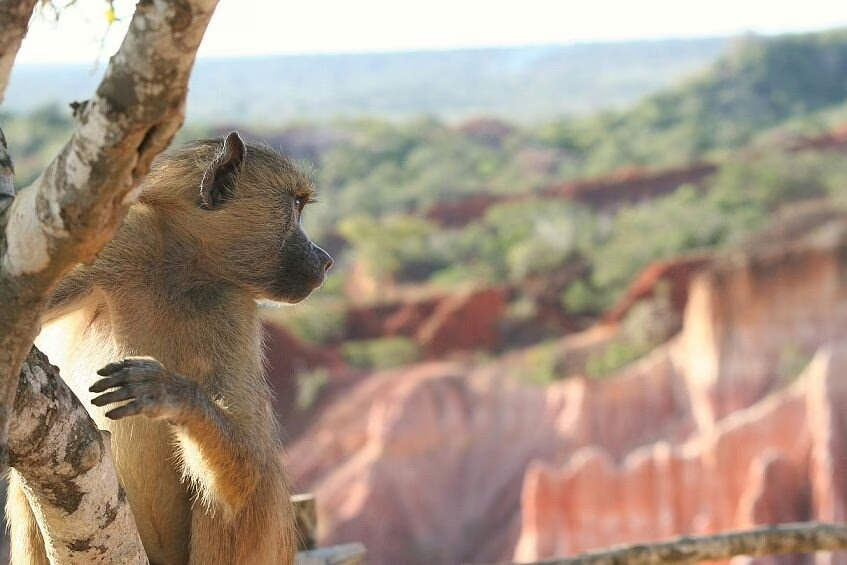
A popular destination for adventurers and photographers
For photographers, Marafa Hell’s Kitchen is a paradise. Dramatic cliffs, colorful canyons and changing shades of red, orange and yellow offer endless possibilities for unique images. Every angle reveals new views, from wide vistas to close-ups of textures and patterns on the rocks.
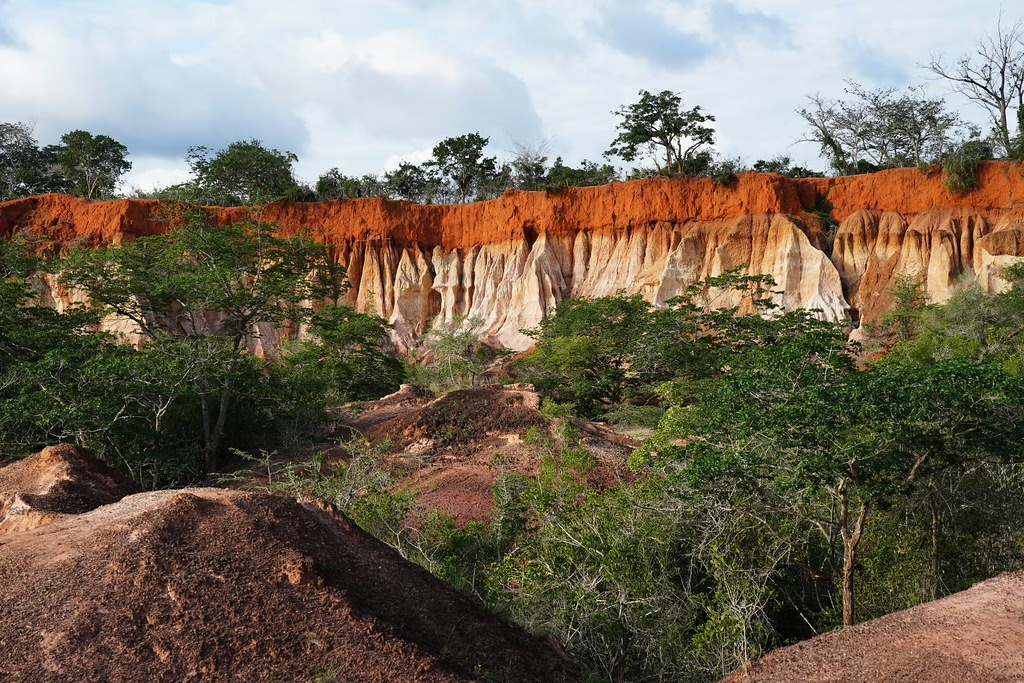
Plan a visit to this unique geological wonder and immerse yourself in the story of the thousands of years that have created this fascinating landscape. Be enchanted by the dramatic canyons, vivid colors and unforgettable atmosphere. Click below to begin your journey into the heart of natural history.







